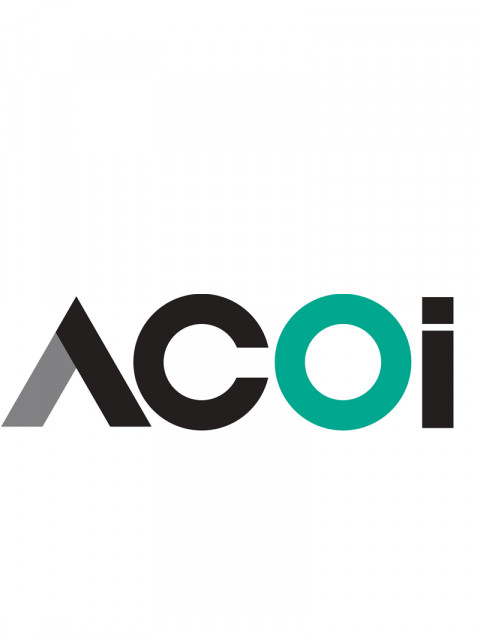
ACOI Preparing Comments on Medicare PFS Proposed Rule: ACOI Members Invited to Share Their Feedback
by ACOI
August 18, 2025
As previously reported by ACOI, the Centers for Medicare and Medicaid Services (CMS) has released the CY 2026 Medicare Physician Fee Schedule (PFS) proposed rule in which the Agency includes two proposals that would result in a significant redistribution of Medicare dollars. These proposals would have varying impacts on ACOI members depending on a physician’s mix of services and site of service. While the magnitude of the policy proposals is blunted by a 2.5 percent positive payment adjustment provided by Congress earlier this year, the adjustment applies to just 2026, while CMS’ proposals will have future implications. ACOI is working on a response to CMS and wants to hear from you, its members, on these consequential proposals.
CONTACT US
Efficiency Adjustment
CMS proposes to apply a new “efficiency adjustment” of -2.5 percent to work relative value units (RVUs) and the corresponding intra-service portion of physician time of non-time-based services. The proposal is based on CMS’ assumption that both the intra-service portion of physician time and the work intensity would decrease as the practitioner develops expertise in performing the specific service. CMS’ stance is that the current work RVUs may not reflect these efficiencies due to the infrequency of service revaluation under the PFS and the limitations of reliance on survey data.
Efficiency Adjustment Impact
The -2.5 percent adjustment would apply to 7,267 physician services, exempting only 389 codes, including time-based services, evaluation and management, care management, maternity care, and services on the CMS telehealth list.
The adjustment impacts most specialties by reducing their payment by 1 percent; although, the impact on internal medicine overall is neutral (0%) and will vary based on a physician’s mix of services. The only specialties or professions projected to gain at least 1 percent from this proposal are: clinical psychology, clinical social work, geriatric medicine, and psychiatry. CMS proposes to recalculate the efficiency adjustment every three years, which would compound the proposed reductions.
This proposal, combined with the American Medical Association RVS Update Committee (AMA RUC) recommendations on individual CPT codes, results in the 0.55 percent budget neutrality adjustment to the conversion factor.
ACOI Response
The ACOI intends to oppose the -2.5 percent efficiency adjustment on the basis that it is:
- arbitrary and is not resource-based. An across-the-board adjustment to all non-timed physician work RVUs assumes the same amount of physician work efficiency across a large group of services across a fixed period (i.e. five years);
- applied to all recently reviewed services;
- not well-explained or sourced by CMS; and
- tied to Medicare Economic Index (MEI) productivity; yet, it has been decades since Medicare physician payment updates were linked to the MEI.
Indirect Practice Expense Site-of-Service Differential
For 2026, CMS proposes a significant change to the practice expense (PE) methodology which will result in a significant reduction to the PE RVUs for all services provided in the facility setting. The proposal would reduce a key input for the indirect component of the facility PE RVU formula, the work RVU input, to 50 percent of the amount used for non-facility PE RVU computation. The formula is complicated and affects the professional fee paid under the PFS, not the facility fee a hospital or ambulatory surgery center (ASC) which have their own payment systems.
CMS justifies its proposal on the basis that original PE allocation methodologies assumed physicians maintained separate practice locations even if they furnished some care in hospitals, and, therefore, the current policy does not reflect the decline in the number of physicians working in private practice.
Practice Expense Impact
This policy change would have a dramatic impact, with total PFS payment in the facility setting decreasing by -7 percent, while non-facility-based payments would increase by 4 percent. For internal medicine overall, the impact is a 6 percent increase in office-based payments and a -9 percent decrease for facility-based payments. Not only does this proposal impact private practice physicians who provide services in the hospital or ASC, it has the potential to impact hospital-employed physicians and practices as hospitals decide how to respond to the proposed payment reductions.
ACOI Response
- The policy does not distinguish between services provided in a facility by physicians in private practice versus those who work for either a hospital-owned practice or are directly employed or contracted by the hospital. According to the 2024 AMA Benchmark Survey, no one practice arrangement currently has a plurality.
- When a private practice physician performs a service or procedure in the facility setting, their physician practice still must handle coding and billing for the physician claim as well as scheduling. Physician practices would also still have administrative staff, and their clinical staff often perform work supporting clinical services performed in the facility. These costs are only paid for via the professional claim.
- While the application of the indirect practice expense methodology may warrant reconsideration, CMS should consider alternative proposals that are fair to all physicians and ensure that actual resource costs are considered.
How ACOI Members Can Make Their Voices Heard
Any member of the public can comment on CMS’ proposed rule. The comment deadline is September 12. Comments should be submitted online.
ACOI members are also encouraged to share their feedback directly with ACOI. Your comments and information about how these proposals may impact your practice if finalized are valuable and will help to inform ACOI’s response to CMS. Input should be sent to Tim McNichol at tmcnichol@acoi.org.

